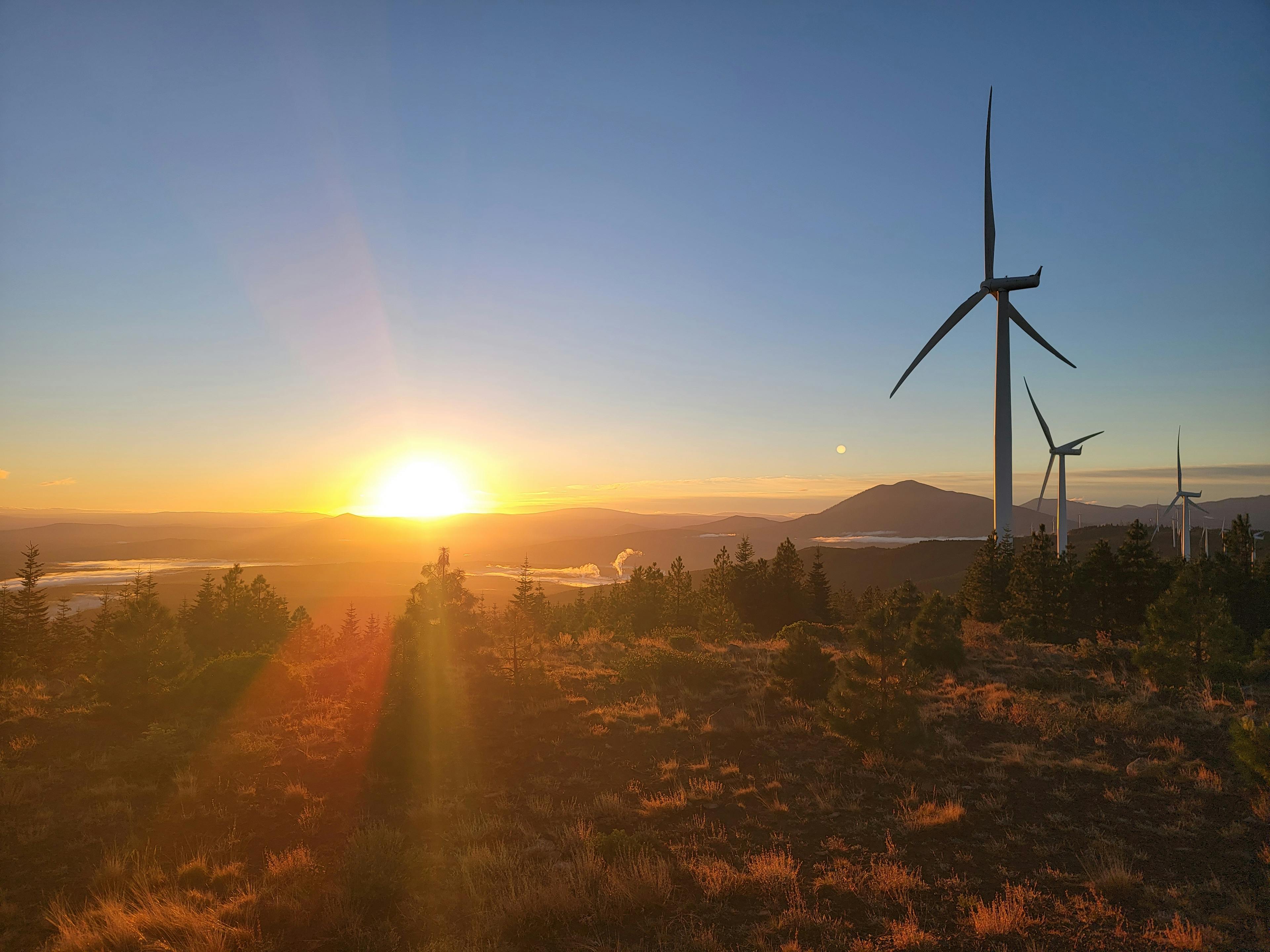
The benefits of wind power as a renewable energy source
Introduction
Wind energy is a key player in transforming the global energy landscape, offering numerous benefits across various areas. In addition to its clean sustainability, the economic benefits of wind energy, its multifunctionality, and its reversibility all come together to make it one of the best alternative energy sources to date. Keep reading to learn more about the advantages of wind energy and how it is propelling us to a greener future.
Cost-effectiveness
One of the advantages of employing wind energy is that it is cost-competitive compared to other energy production methods. In 2013, the average price for wind energy agreements was about 2.5 cents per kilowatt-hour; in 2019, this figure dropped to 2 cents per kilowatt-hour, making it a competitor of gas-fired power plants.
Not only is the price competitive with these power plants, but the projected fuel costs also favorably compare to those of the gas-fired options up to 2040. Continual advancements from public and private research and development efforts also contribute to reducing wind energy costs. In addition, utility-scale wind power has the advantage of being sold at fixed prices for extended periods (like 20 years), offering protection against fluctuations in the prices of other fuel options, such as natural gas.
Beneficial for remote locations
Many remote areas across the United States are not connected to an electricity grid, often leading to the need for expensive infrastructure implementations. However, wind energy can be used in micro-grid solutions, similar to other types of renewable energy, helping cut infrastructure costs in isolated areas where these solutions are most needed. Except for a few places where it may not be beneficial, wind energy can be exploited globally, giving it an advantage over geothermal and hydroelectric power sources.
Abundance & accessibility
Not only is wind energy readily accessible and abundant, but harnessing it does not exhaust natural resources. With advancements like taller turbines, wind energy has been able to be utilized in geographic areas with lower wind speeds. In addition to taller turbines and other developments, offshore wind energy projects also offer a lot of potential for widening the use of wind energy.
Low environmental impact
When it comes to environmental impact, the effects of wind energy are incredibly minimal. Currently, the most prominent issues pertain to visual impacts and noise pollution, both of which are being addressed and improved upon on an ongoing basis. Emissions and resource consumption are limited to the production, transportation, and installation of wind turbines, making it the least detrimental of all eco-friendly energy sources. Although most turbines are installed on mountains, hills, or offshore, some are placed in fields or sloping topography; however, these can still be used for agricultural purposes and grazing livestock.
Multi-functionality
In addition to their minimal environmental impact, wind energy is multifunctional. For example, large-scale wind farms can supply power to entire communities, and smaller turbines can be installed close to where the energy is being used (this is often referred to as “distributed applications”). Community projects have the potential to provide electricity to places like schools and rural municipal utilities, while these smaller turbines can power farms, homes, ranches, etc. It can also be used for ice making, water pumping, and offsetting diesel fuel use in rural areas.
Circular economy-friendly
Wind energy benefits also extend to the concept of the circular economy. Wind farms are almost completely reversible at the end of their service lives, making it easier to restore the land to its previous condition. Not only is the land restored, but the turbine components can also be broken down and recycled for future use, including building the newest generations of wind plants.
Job generation
Wind energy also plays an integral role in job creation, with jobs in wind energy spanning across a variety of sectors. Turbine and blade production create jobs in manufacturing, and the construction and installation of wind farms require skilled labor. Once operational, these turbines require routine maintenance and repair, increasing the demand for wind energy technician jobs.
As the demand for clean energy continues to grow, the need for employees in the wind energy industry will also increase. For those interested in pursuing a career in wind energy, courses like Tech Safety Lines’ GWO Basic Safety Training are the perfect way to gain your credentials and join the clean energy industry.
